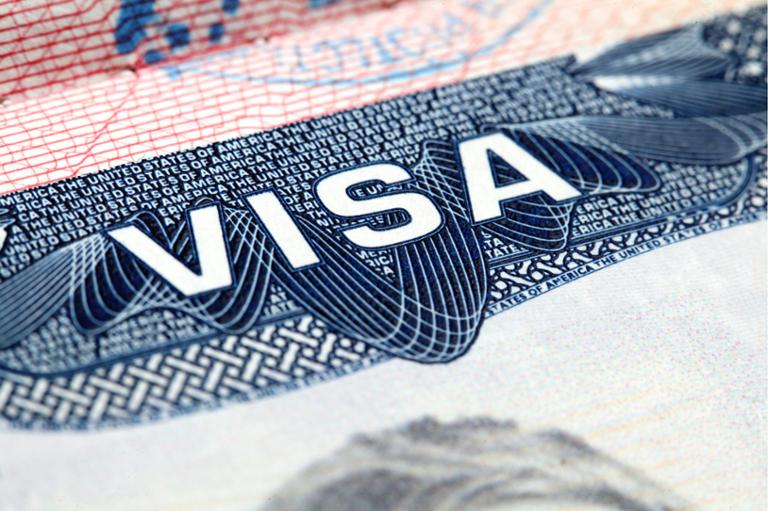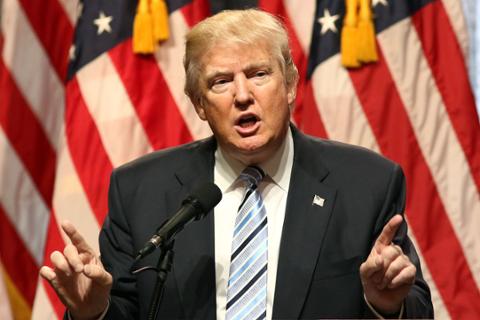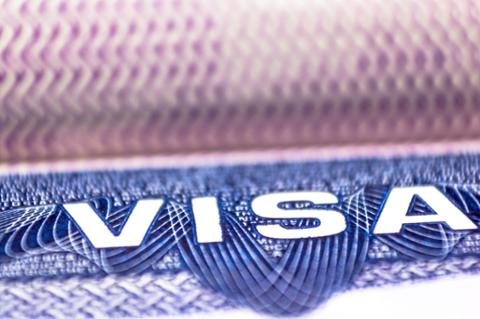
The demise of the H-4 EAD, which allowed the spouses of H-1B visa holders to obtain work, seems imminent. On Feb. 25, U.S. Citizenship and Immigration Services (USCIS) issued its proposal to remove “H-4 dependent spouses from the class of aliens eligible for employment authorization,” labeling it “economically significant.” The proposal digs into the potential impacts of the move on both the agency and the broader labor market: “The cost-savings accruing to forgone future filings by certain H-4 dependent spouses, and labor turnover costs that employers of H-4 workers could incur when their employees’ EADs are terminated.” Moreover, the agency emphasizes how such a move will play into the Trump Administration’s broader “Buy American and Hire American,” an executive order signed in early 2017: “Some U.S. workers would benefit from this proposed rule by having a better chance at obtaining jobs that some of the population of the H-4 workers currently hold, as the proposed rule would no longer allow H-4 workers to enter the labor market early.” Although critics of H-1B visas may cheer this latest move, executives who depend on the program are, predictably, not pleased. “Taking away a spouse’s ability to work will make the U.S. a less attractive destination for top-tier talent. The skills gap in the U.S. remains profound, with 60 percent of U.S. employers saying they have job openings that stay vacant for 12 weeks or longer,” Richard Burke, CEO of Envoy Global, which guides clients through the immigration process, wrote in an email to Dice. Meanwhile, the Associated Press cites new data from USCIS showing that a rising number of H-1B visa applications are being hit with Requests for Evidence (RFEs). Some 38 percent of applications underwent such screening last fiscal year, versus 21 percent in the 2016 fiscal year; in the first quarter of this fiscal year, it hit 60 percent. The applicant approval rate is also falling. However, USCIS recently resumed premium processing for all H-1B petitions filed before Dec. 21, 2018, suggesting that the agency has dealt with much of its backlog of applications despite the increased RFEs. That move followed the agency re-opening premium processing for fiscal year 2019 (FY-2019) cap-subject petitions, including those eligible for advanced degree exemption. In addition to the shutdown of H-4 EAD (the timeline for implementation of which remains unclear), it remains to be seen how quickly the Trump administration completely retools the current H-1B lottery system. Under a proposed reordering, H-1B applicant pools will have all applicants (including those with advanced degrees) enter the annual “general pool” of 65,000 visas. After that, remaining applicants with advanced degrees will enter a 20,000-visa “master’s cap” pool. In theory, applicants will have two good shots at actually landing a visa under the new system. But as with everything else in the long saga of this administration and the H-1B system, things are subject to change.


